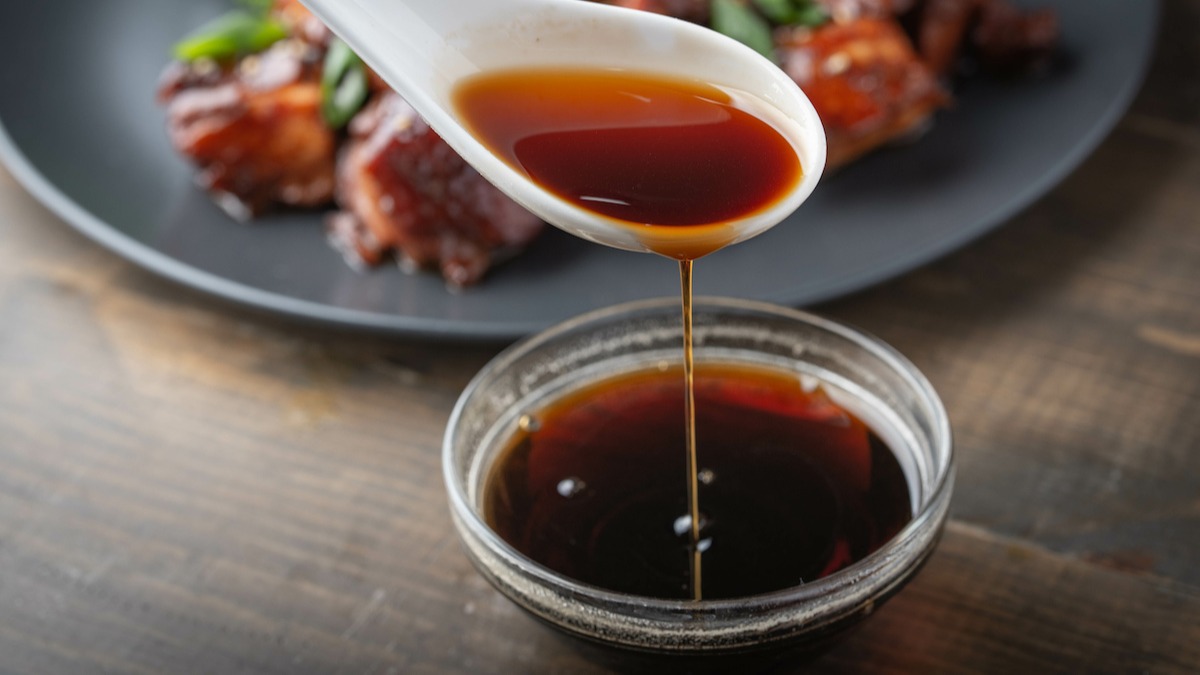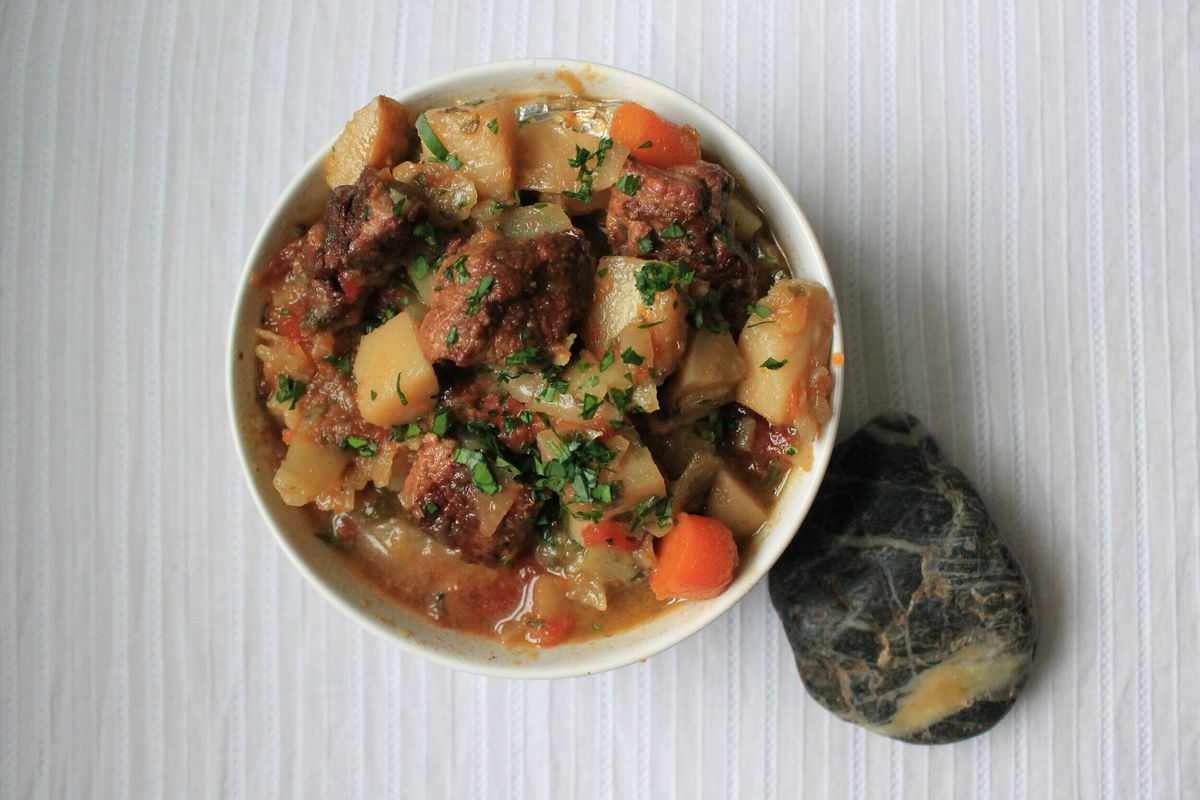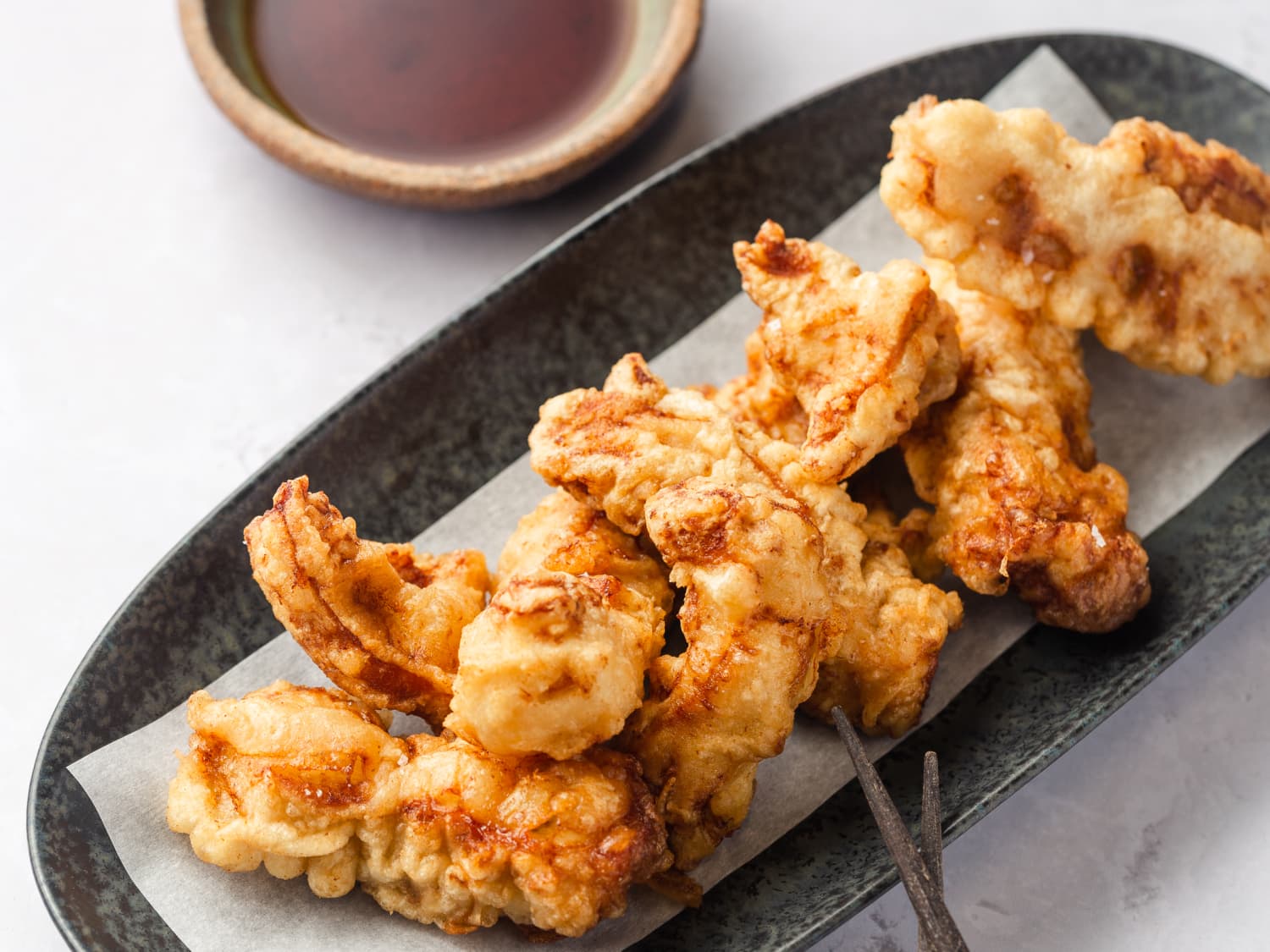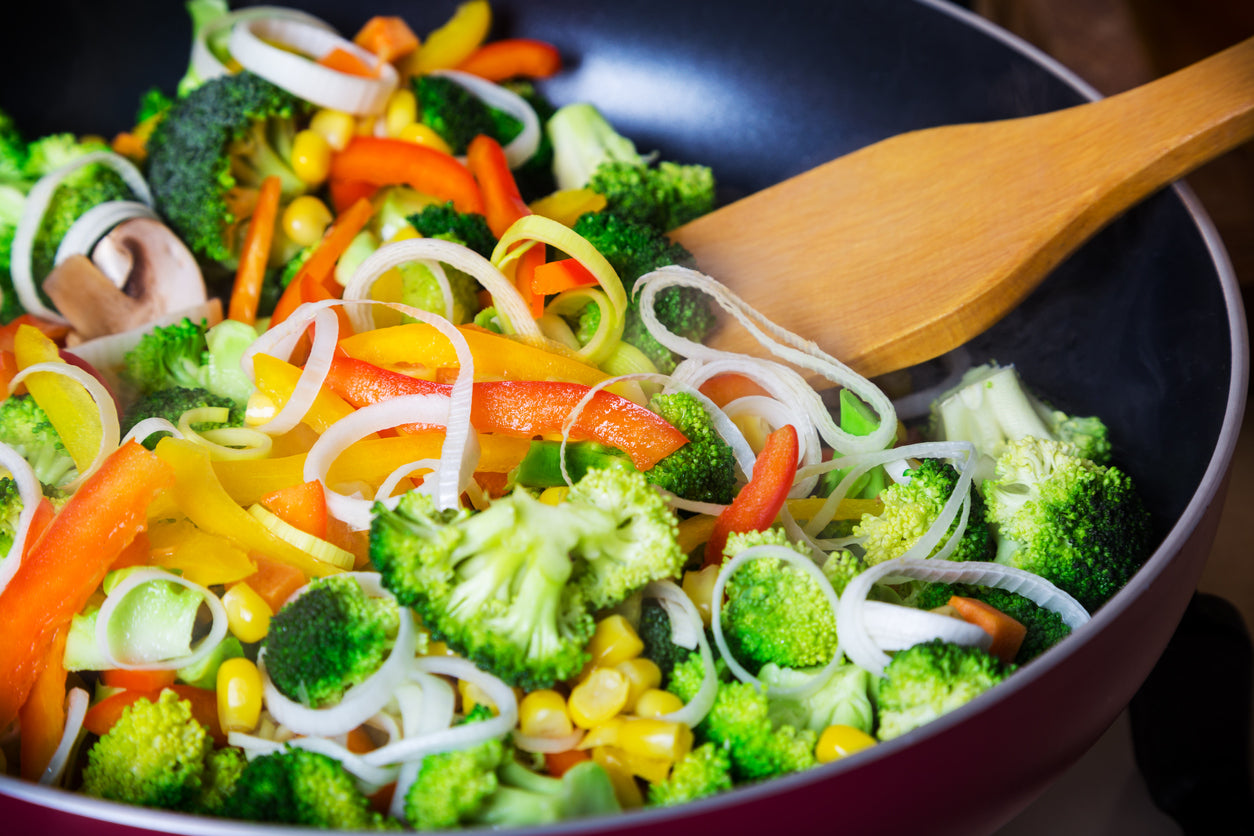The Difference Between Salted and Unsalted Butter
Butter is a staple ingredient in many recipes, adding richness and flavor to dishes. When you visit the dairy section of your grocery store, you may notice that there are two main types of butter available: salted and unsalted. While they may look similar, there are some key differences between the two that can affect the outcome of your cooking and baking. Let’s explore the dissimilarities between salted and unsalted butter.
Salted Butter
Salted butter is a common choice for spreading on bread or melting over vegetables. It is made by churning cream and then adding salt for flavor. The amount of salt can vary between different brands, but it typically contains around 1-3% salt by weight. The salt not only enhances the taste of the butter but also acts as a preservative, extending its shelf life.
When using salted butter in recipes, it’s essential to consider the salt content. Since the butter already contains salt, you may need to adjust the amount of additional salt in your recipe to prevent it from becoming too salty. Salted butter is often preferred for savory dishes, such as sautéed vegetables, grilled meats, and sauces, where the salt can complement the other flavors in the dish.
Unsalted Butter
Unsalted butter, as the name suggests, is made without the addition of salt. It is purely churned cream, resulting in a creamy and mild flavor. Because it lacks salt, unsalted butter gives the cook complete control over the seasoning in their recipes. This type of butter is favored in baking, as it allows the baker to regulate the amount of salt in the recipe more precisely. It is also the preferred choice in recipes where the pure, natural flavor of butter is desired, such as in buttercream frosting or delicate pastries.
When a recipe calls for unsalted butter, it’s important to use exactly that. Substituting salted butter can throw off the delicate balance of flavors in the dish, especially in baked goods where precise measurements are crucial for success.
Which One Should You Choose?
When deciding between salted and unsalted butter, consider the following factors:
- Flavor Control: If you want complete control over the salt content in your dishes, opt for unsalted butter.
- Recipe Requirements: Always follow the butter specification in your recipes. If it calls for unsalted butter, stick to that to achieve the best results.
- Personal Preference: Some individuals prefer the slightly savory taste of salted butter, while others enjoy the pure, creamy flavor of unsalted butter.
Ultimately, both salted and unsalted butter have their place in the kitchen. Understanding the differences between the two can help you make informed decisions when cooking and baking. Whether you’re whipping up a batch of cookies or sautéing vegetables, the type of butter you choose can have a significant impact on the final outcome of your culinary creations.
Next time you reach for a stick of butter at the store, consider how the choice between salted and unsalted can influence the flavors and textures of your favorite dishes.
Was this page helpful?
Read Next: What Is White Coffee?











